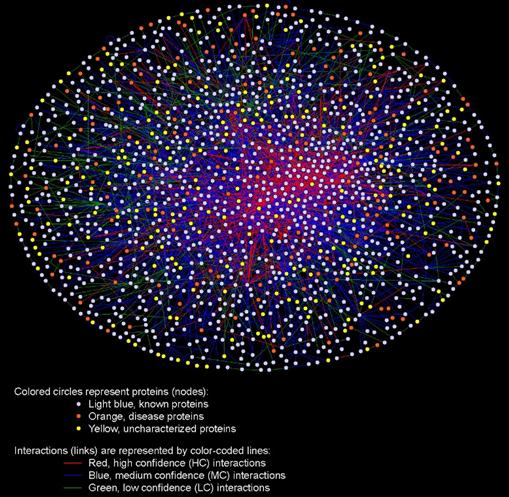Proteins are the most direct executors of biological functions. Although some proteins can perform their tasks independently, most need to form complexes to function. Therefore, understanding the interaction between proteins can help us better understand cells' life activity and regulatory mechanism. Protein-protein interactions are critical molecular events that integrate multiple gene products into functional complexes in nearly every cellular process. Identifying protein-protein interactions remains one of the most critical challenges in the postgenomic era. With the continuous development of biotechnology, PPI technology has been greatly improved, the test process has become simplified, and the results have become more accurate.

Classical protein interaction research methods mainly include yeast two-hybrid, co-immunoprecipitation, and GST-pull down. Among these methods, Yeast Two-Hybrid (Y2H) is widely used in protein-protein interaction detection. The principle of Y2H is that when the target protein and the bait protein are specifically combined, the bait protein binds to the promoter of the reporter gene and starts the expression of the reporter gene in yeast cells. If the expression product of the reporter gene is detected, it means that there is an interaction between the two proteins. This technique can be used for large-scale protein interaction studies after micro-quantification and arraying.
Although the 2H system was initially developed using yeast as a host organism, numerous bacterial (B) Two-Hybrid systems have gradually become standard experimental tools. Compared with the yeast system, bacterial systems have unique advantages. However, both the Y2H system and B2H system have a higher chance of false-positive signals, thus further complicating the interpretation of the protein-protein results.
To improve this defect in Y2H technology, Profacgen provides a new method based on a 2H system that can detect intracellular interaction of proteins in the Escherichia Coli system. This technology is based on the protein transport system in bacterial cells that can transport folded proteins across cell membranes. Using this new method, we can quickly identify the intracellular interactions between proteins based on reducing the probability of false positives in the 2H system caused by protein misfolding. Moreover, Escherichia coli as the experimental material can make the detection time faster.
Profacgen is a company dedicated to research in the biological field. We have been committed to discovering advanced experimental techniques to provide stronger support for our customers' research. Please do not hesitate to contact us for more details if you are interested in this new method, and we will provide a considerate service for you. At the same time, we also provide other protein interaction detection methods, please move to our website for more details in protein-protein interaction.
Reference
Fill out this form and one of our experts will respond to you within one business day.